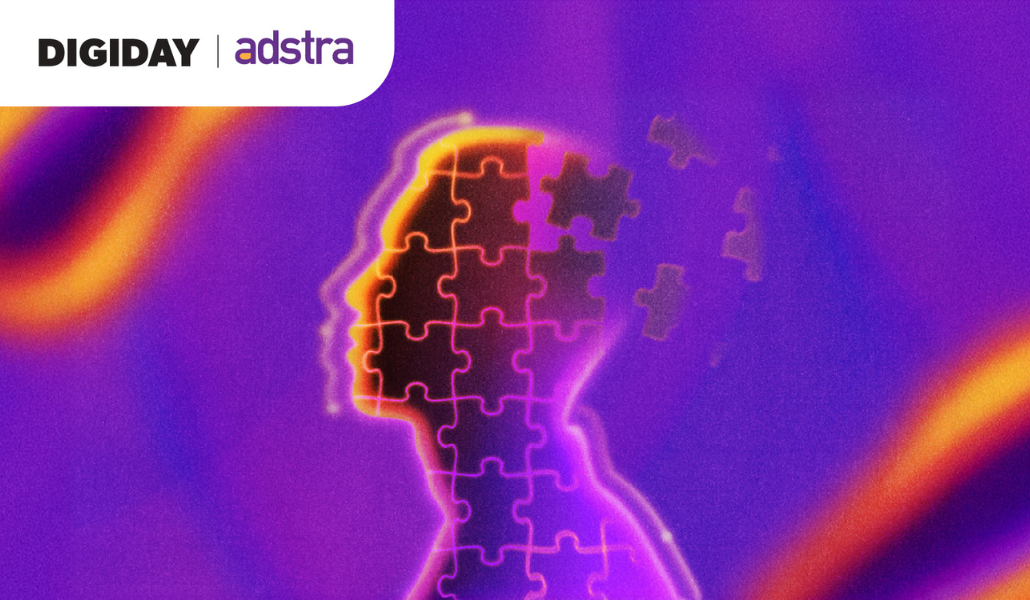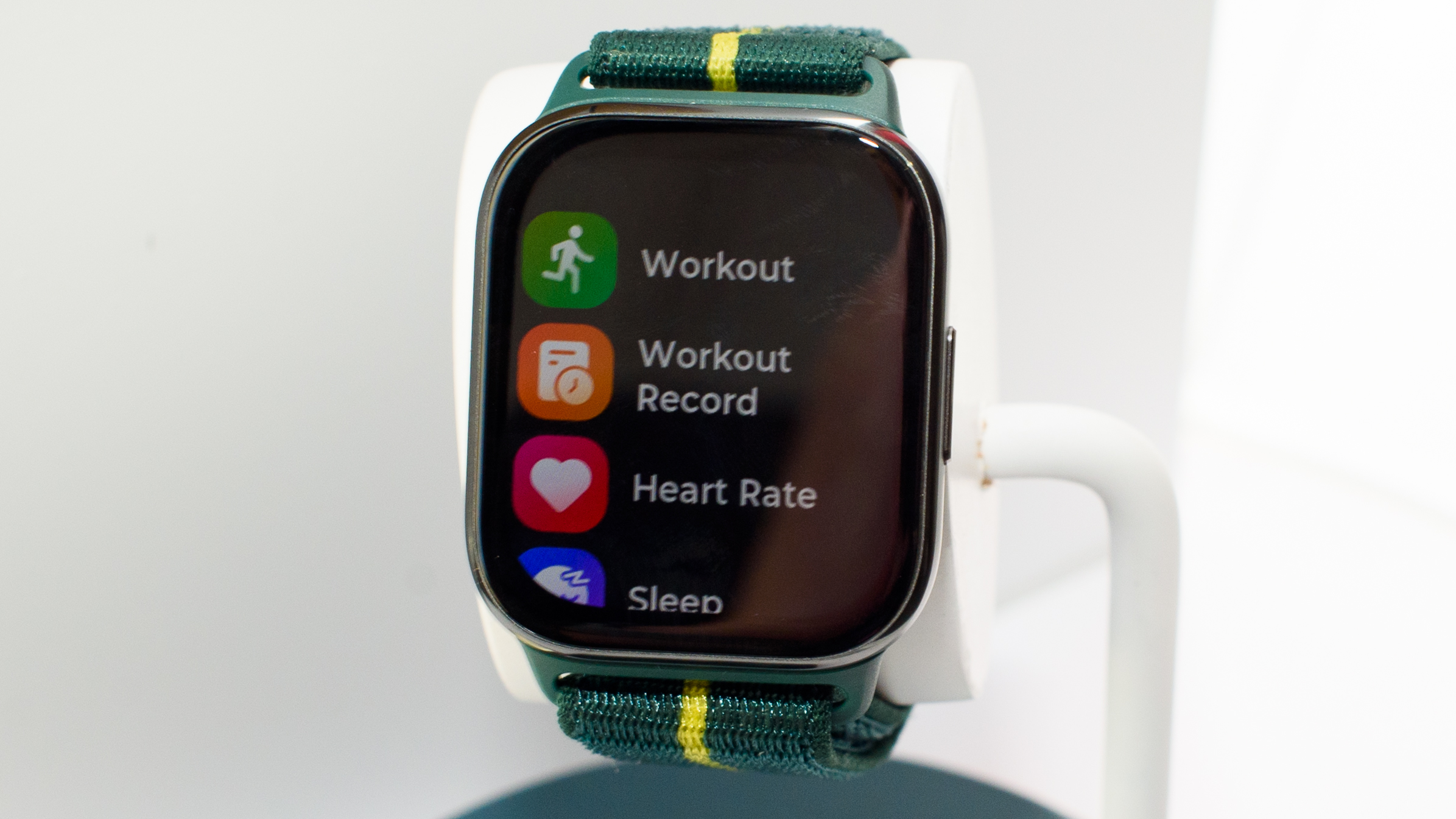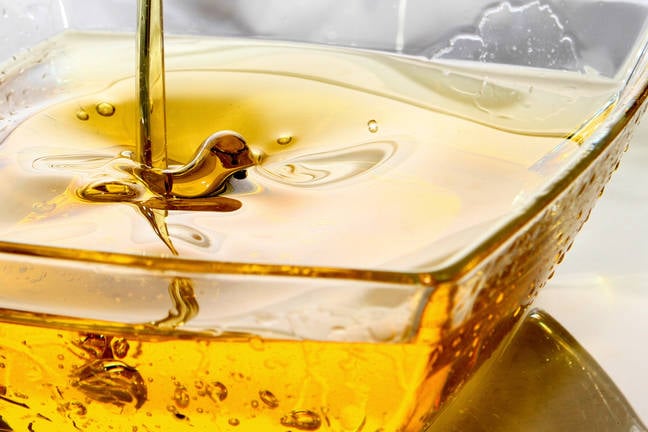Children’s skincare products could contain a hidden danger, study finds
Children's skin and hair products may contain harmful chemicals that could potentially put their health and development at risk.

As more people are becoming aware of the toxic chemicals lurking in everyday items—from skincare products to drinking water, they’re taking steps to reduce their exposure. New research highlights that even skin and hair products intended for children contain harmful chemicals that could potentially put their health and development at risk, according to a September 2024 study published in Environmental Health Perspectives.
Researchers from George Mason University collected medical data from 630 children ages 4 to 8 from 10 different locations across the U.S., to gauge children’s level of exposure to hormone-disrupting phthalates and phthalate-replacement compounds from personal care products.
They asked parents and guardians for demographic information and a list of cosmetic products, including lotions, soaps, shampoos, oils, and sunscreen, that were applied to the child’s skin in the previous 24 hours prior to their examination. Then they collected urine samples from the children.
They found that using such products—especially multiple products—was associated with higher levels of phthalates in children’s urine—with the highest levels of phthalates and phthalate replacements in the urine of non-Hispanic Black children.
“This is the first study to suggest that different skin care products used by young children may differentially increase exposure to endocrine-disrupting phthalates and phthalate replacements in young children,” said lead author and professor in the Department of Global and Community Health at George Mason University, Michael Bloom.
What are phthalates?
Phthalates and phthalate-replacement compounds are endocrine-disrupting chemicals, meaning they may interfere with the body’s hormones. Some—namely diethyl hexyl phthalate, or DEHP—are commonly used to make plastic in toys or packaging more flexible, while others—like diethyl phthalate (DEP)—are used as fragrances in products like lotions, shampoos, and conditioners.
Bloom noticed that the levels of each type of phthalate found in the children’s urine varied depending on the combination of products used. For instance, children who were reported to use lotions and oils had more of the fragrance-associated phthalates (DEP), while those who used a combination of shampoo, conditioner, and other products had higher levels of the phthalates used in the plastic containers (DEHP) in their urine. That means that not only are children exposed to the phthalates used as ingredients in personal care products, but also the chemicals from the plastic packaging are migrating into the products, creating another level of exposure.
“Looking at each product by itself isn’t necessarily realistic, because you don’t just use one product at once—you use multiple,” Bloom tells Fortune.
Should parents be concerned about phthalates?
While Bloom’s study didn’t look at the health effects directly, previous studies have linked phthalates with neurodevelopmental problems like ADHD, issues with reproductive hormones and infertility—especially in males—and metabolic disease. Because of that, Bloom advises parents err on the side of caution and avoid products made with phthalates, especially as children are particularly vulnerable to potential detrimental developmental effects.
That being said, parents should know that phthalate exposure may not just be from personal care products—it could also come from other plastic containers, like those used for food and beverages.
“We really think this demands a precautionary approach. Let’s not wait for 20 years—let’s stop now and figure out if this is really a hazardous health effect and how to mitigate it,” he says. “If the developmental damage is done, it might not be something that can be repaired retroactively.”
How to avoid phthalates in cosmetic products
Bloom says they aren’t sure of which products were associated with higher levels of phthalates because the study wasn’t analyzing brands—but that is their next step. For now, Bloom says there are general guidelines parents can use to hopefully limit their children’s exposure to phthalates and phthalate-replacements:
- Avoid products that list phthalates as ingredients, like diethyl phthalate.
- Avoid added fragrances—companies can list “fragrance” as an ingredient on their products, which can hide phthalates.
- Opt for products that come in non-plastic packaging like aluminum, cardboard, glass, or bioplastics derived from biodegradable substances.
- If you don’t have access to entirely phthalate-free alternatives, limit how frequently children use cosmetic products and how many products they are using—Bloom observed that the highest levels of phthalates were from using a combination of products. Use them only when needed.
- Check reputable databases like for safer products: SkinSAFE, EWG’s SkinDeep database, and Consumer Products Information Database.
Bloom points out that the demographic disparities in phthalate exposure places certain groups at a greater disadvantage in reducing their exposure.
Because of that, Bloom recognizes that much of the change to reduce childhood exposure to phthalates needs to come from policy shifts.
“These changes need to be made on a policy level in order to take the burden off the parent. who already is juggling a lot, to determine whether or not the product they want to use they consider safe,” he says.
For more on public health:
- This small business tested common toothpaste brands for toxic metals. Here's what it found
- After years of warnings, brown rice still contains this toxic metal. Why it’s there—and how harmful it is
- Chewing gum is shedding harmful microplastics into your saliva, study finds
This story was originally featured on Fortune.com




![How AI Use Is Evolving Over Time [Infographic]](https://imgproxy.divecdn.com/YImJiiJ6E8mfDrbZ78ZFcZc03278v7-glxmQt_hx4hI/g:ce/rs:fit:770:435/Z3M6Ly9kaXZlc2l0ZS1zdG9yYWdlL2RpdmVpbWFnZS9ob3dfcGVvcGxlX3VzZV9BSV8xLnBuZw==.webp)
















































![[Weekly funding roundup April 19-25] VC inflow continues to remain subdued](https://images.yourstory.com/cs/2/220356402d6d11e9aa979329348d4c3e/Weekly-funding-1741961216560.jpg)










































































































































![How to Find Low-Competition Keywords with Semrush [Super Easy]](https://static.semrush.com/blog/uploads/media/73/62/7362f16fb9e460b6d58ccc09b4a048b6/how-to-find-low-competition-keywords-sm.png)
